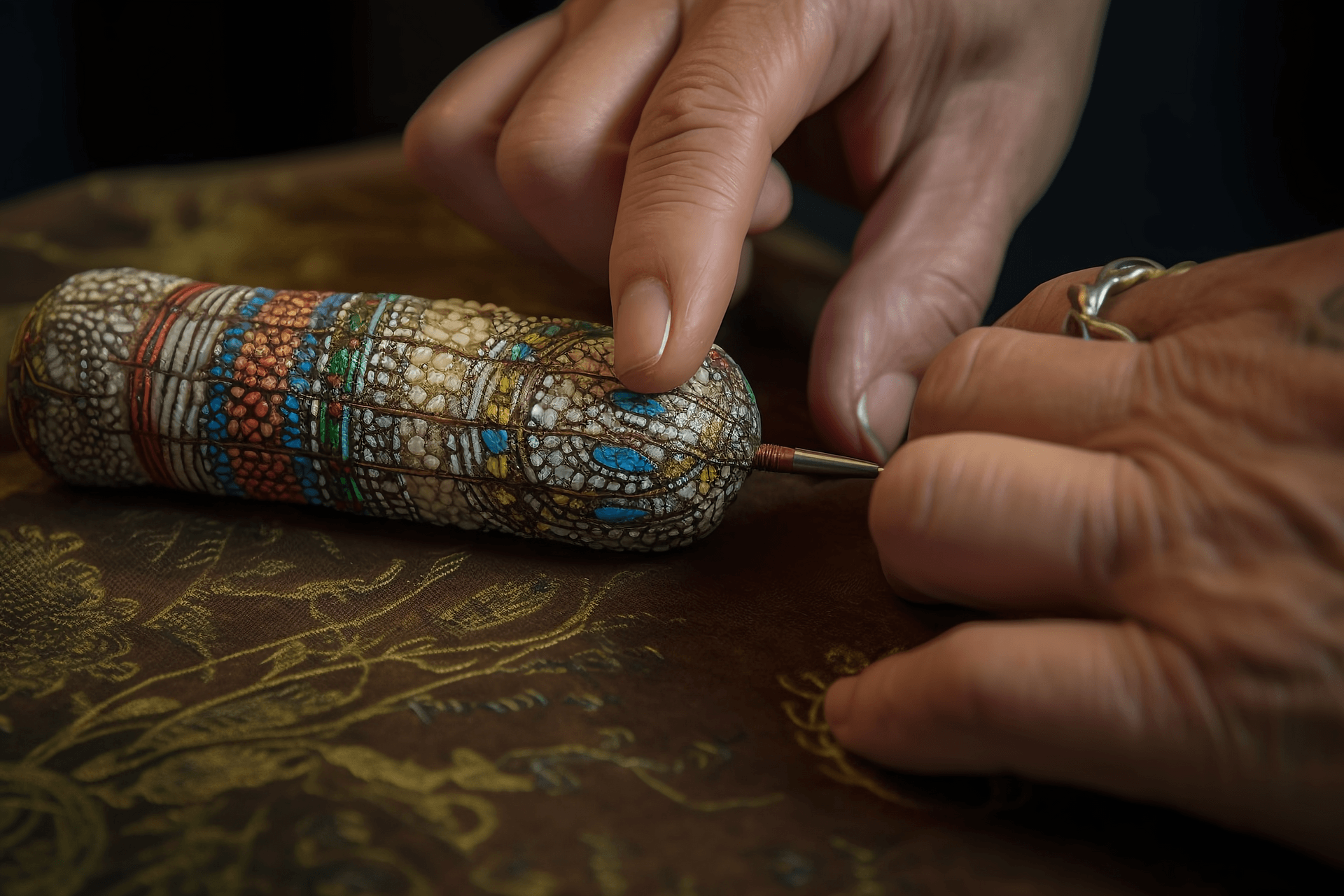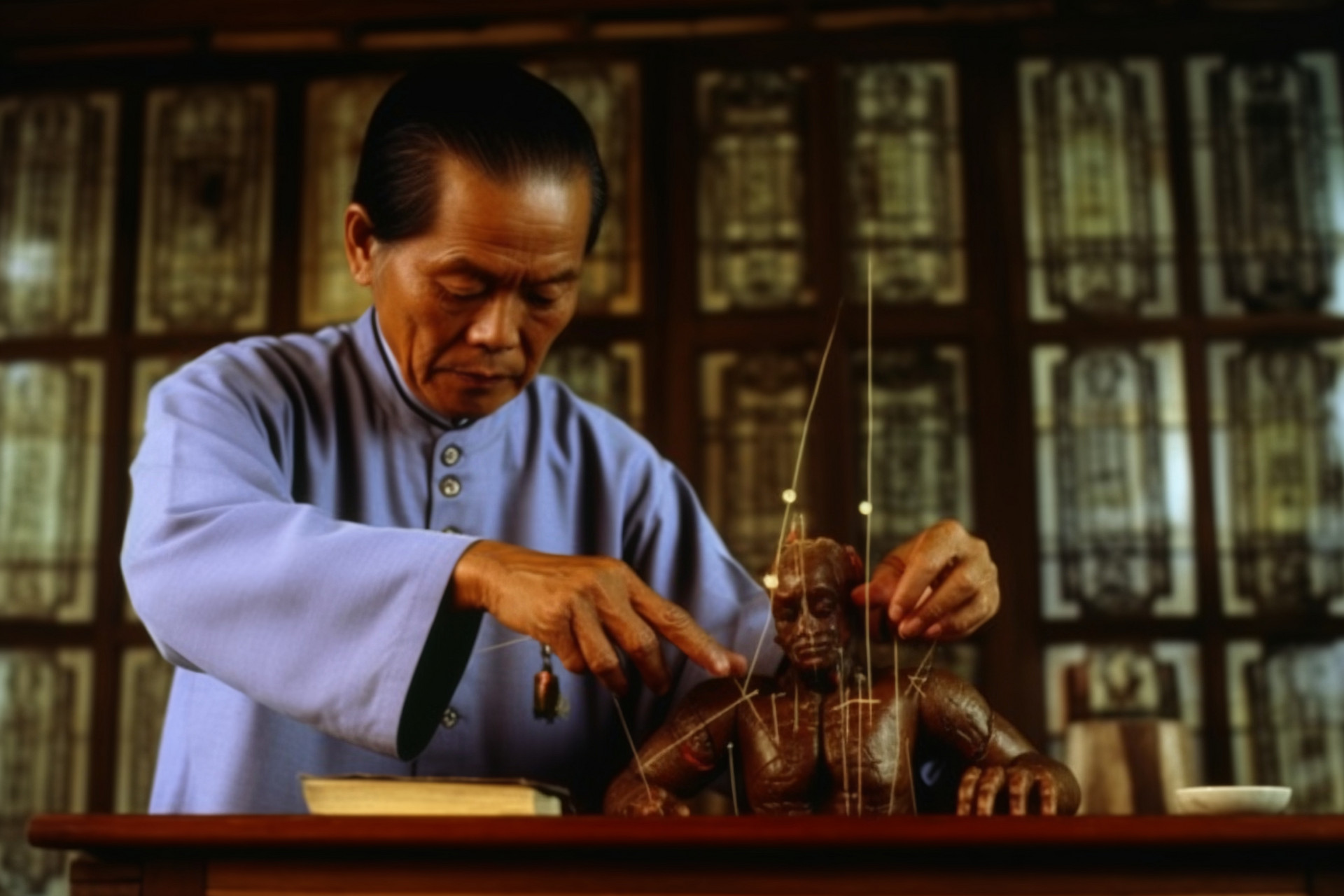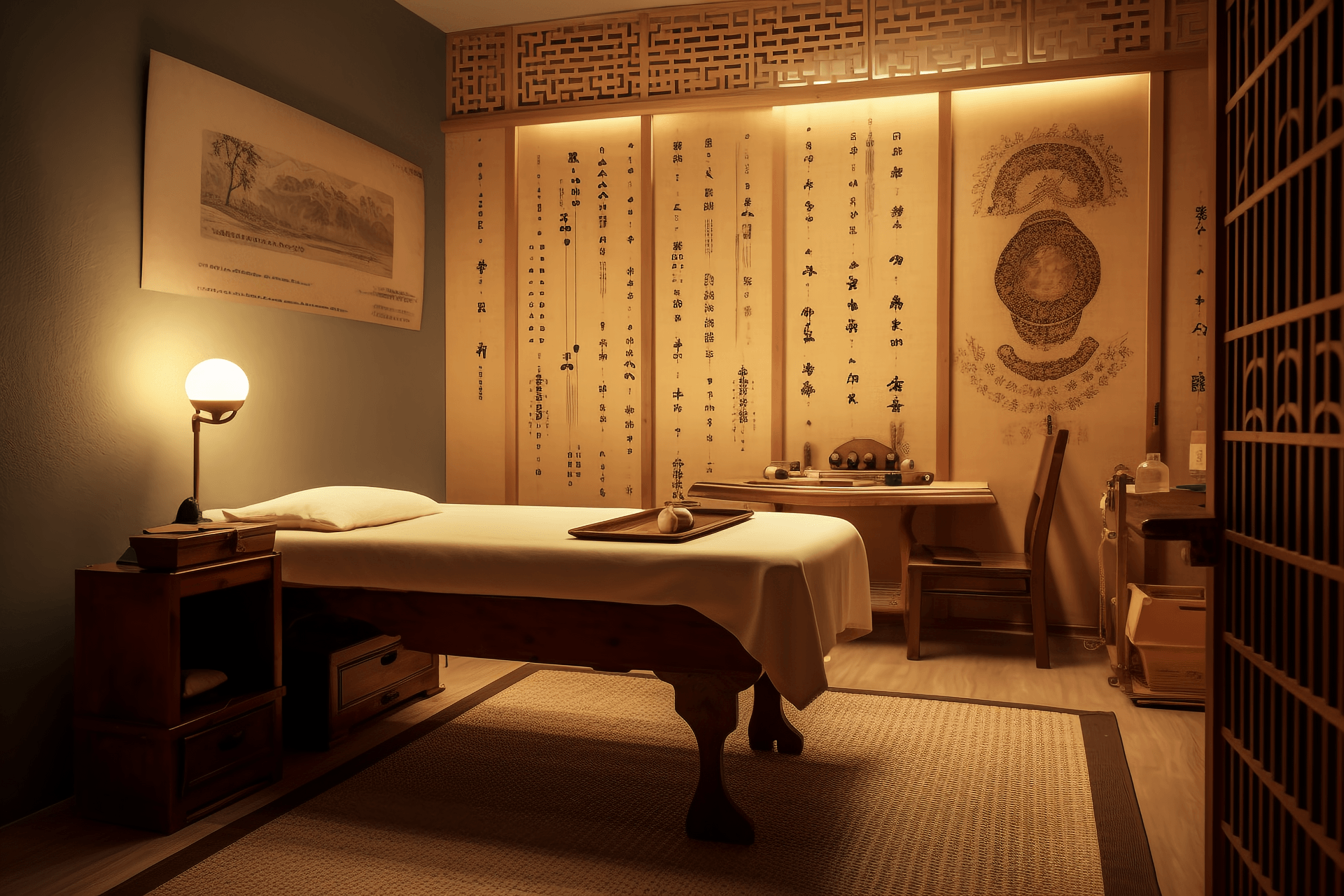Overview
Needle knife therapy is a closed surgical therapy commonly used to treat orthopedic diseases that require open surgery.
Procedure
Needle knife therapy has its unique methods and techniques in clinical application, and strict aseptic operation procedures should be followed. The small needle knife should be sterilized by high pressure or boiling, and the skin at the needle insertion site should be thoroughly disinfected before covering it with a sterilized hole towel.
Follow the four-step procedure for needle insertion, which includes positioning, direction, pressure separation, and puncture. Different techniques are used to release, peel, and incise the affected area according to the location and condition.
Indications
There are eleven indications for needle knife therapy in the field of orthopedics, mainly for chronic soft tissue injuries. These include:
(1) Persistent pain in various parts of the limbs and trunk caused by soft tissue adhesion, contracture, and scarring
(2) Partial bone spurs (or osteophytes)
(3) Bursitis
(4) Sequelae of injuries to the limbs and trunk
(5) Early stage of myositis ossificans (including muscle and ligament calcification)
(6) Various tendon sheath inflammations
(7) Accumulative injuries to muscles and ligaments
(8) Traumatic muscle spasms and tension (non-cerebral)
(9) Sequelae of surgical injuries
(10) Sequelae of pathological injuries
(11) Malunion of long bone fractures
Contraindications
(1) Patients with fever symptoms
(2) Patients with severe visceral disease attacks
(3) Patients with skin infection or muscle necrosis at the operation site
(4) Patients with redness, swelling, or abscess in the deep tissues at the operation site
(5) Patients with important nerves, blood vessels, or organs that cannot be avoided during the procedure
(6) Patients with hemophilia
(7) Patients with extremely weak constitution or hypertension should use caution
Expert Experience and Case Studies
Needle knife therapy is a closed surgery that generally does not require local anesthesia. In order to ensure safety, apart from using special methods for needle insertion, the needle sensation is relied upon to determine whether the contact is with muscle, blood vessels, nerves, ligaments, or tissue gaps. If there is no sensation during needle insertion after local anesthesia, it is impossible to determine what tissue the incision or cut is contacting, and it is difficult to guarantee absolute safety during needle insertion and surgery, so local anesthesia cannot be used.
Case Study: Shoulder Periarthritis
Ms. Zhang, a 45-year-old female, had been suffering from right shoulder periarthritis for over 7 months. Despite receiving various treatments, the efficacy was unsatisfactory. The condition worsened in recent months, with limited range of motion in abduction, adduction, and elevation of the right upper limb, leading to loss of function. Needle knife surgery was performed, and she also took a traditional Chinese medicine prescription called Wujisan with added white mustard seeds, fried coix seed, ledebouriella root, notopterygium root, and prepared milkvetch root. The treatment was administered once every five days, for a total of five times, and she took 15 doses of the Chinese medicine. She made a full recovery.











